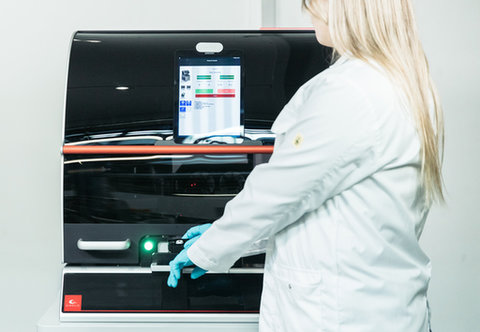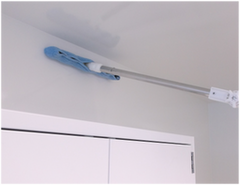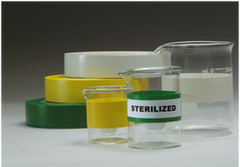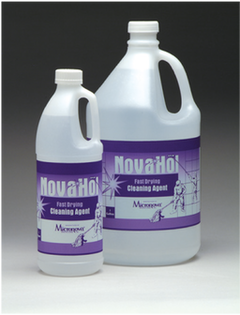Mopping Systems. Ergonomic and Sustainable
Heightened awareness of risk management, accountability back to the point of origin, ISO guidelines and numerous other standards means that manufacturers and in turn, their suppliers, must identify cleaning methods and supplies that will ensure consistent, quality products – both economic and sustainable.
Aseptic Cleaning – materials of construction are selected to limit particulate in stringent processing areas. Mops and wiping materials are validated sterile. Consideration is given to compatibility with surfaces, disinfectants and most importantly the drug or device being manufactured.
Ergonomic/Sustainable - A choice of lightweight plastics and/or electropolished stainless steel allow customers to match the material to the job, and crew, at hand. Mop heads that can be laundered and autoclaved are designed in a selection of different fabrics. Sterile, Irradiated mops are interchangeable with the Micronova stainless steel or plastic hardware.
Custom Mop Designs to clean Lyopholizers and Cleanroom Curtains can cut back on time and operator strain(effort)
Simple – for ease of implementation and consistency the simplest methods for wetting, wringing and wiping hold up the best.
Robust – high grade stainless steel and strong plastic components guard against rusting and corrosion. This impacts the economic and environmental viability as it means longer lasting hardware! To round out their hardware portfolio, Micronova’s modular stackable carts are now available with electropolished stainless buckets. The C-93 series of stainless steel carts come in single, double and triple options offering the same simplicity and stackability as their C-7 plastic counterparts.
Scaleable – from Seminconductor Fabs to Glove Boxes and Isolators Validating new systems and materials takes time.
Micronova’s mop systems have materials of construction that are constant across the range - allowing you to scale cleaning methods from small compounding rooms and isolators to large production facilities, Semiconductor Fabs and Foundries.













